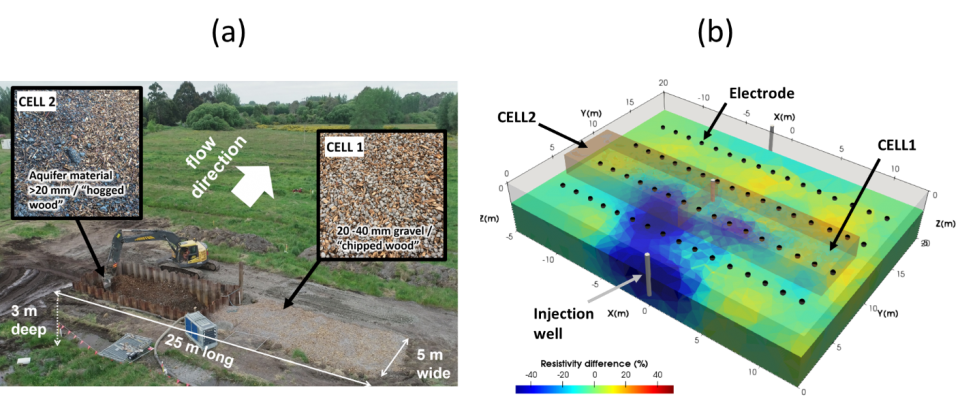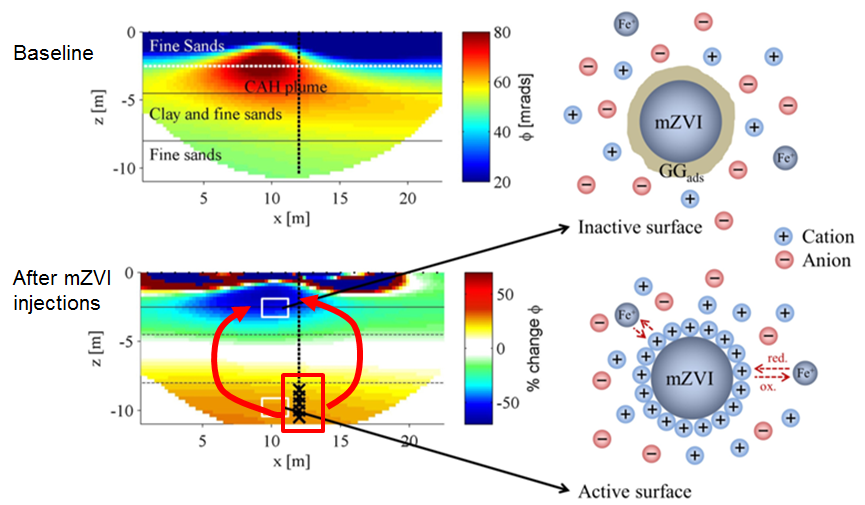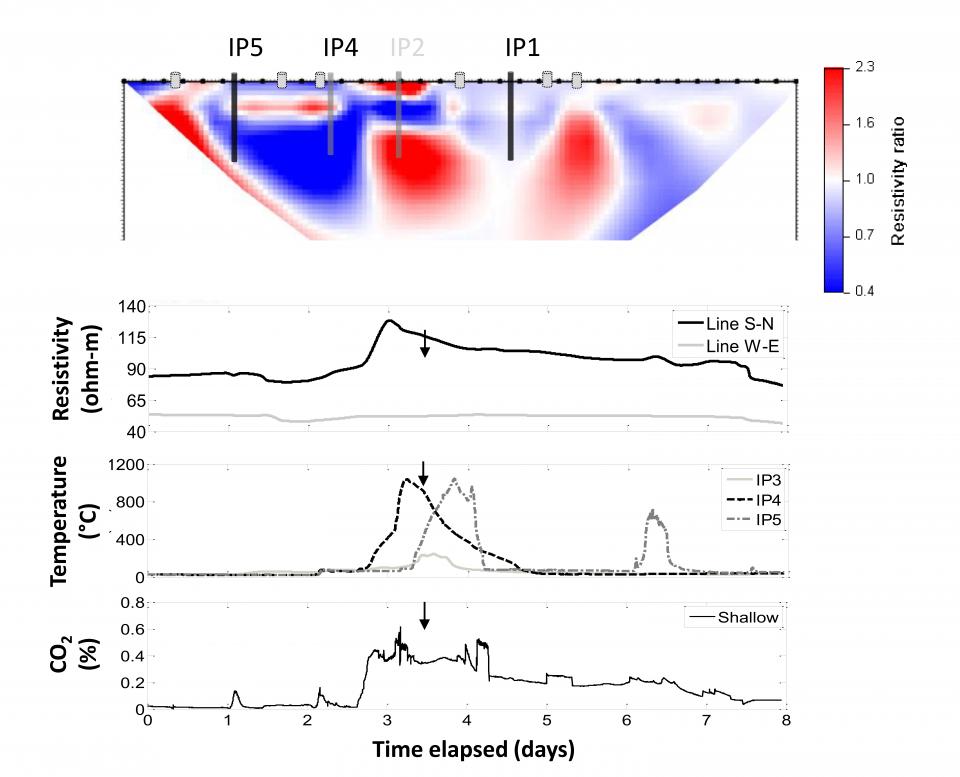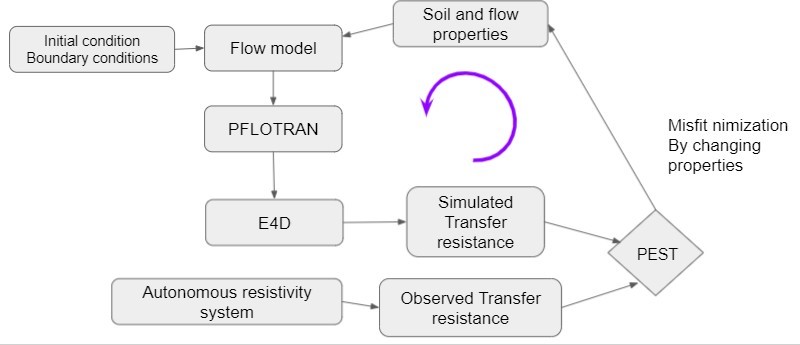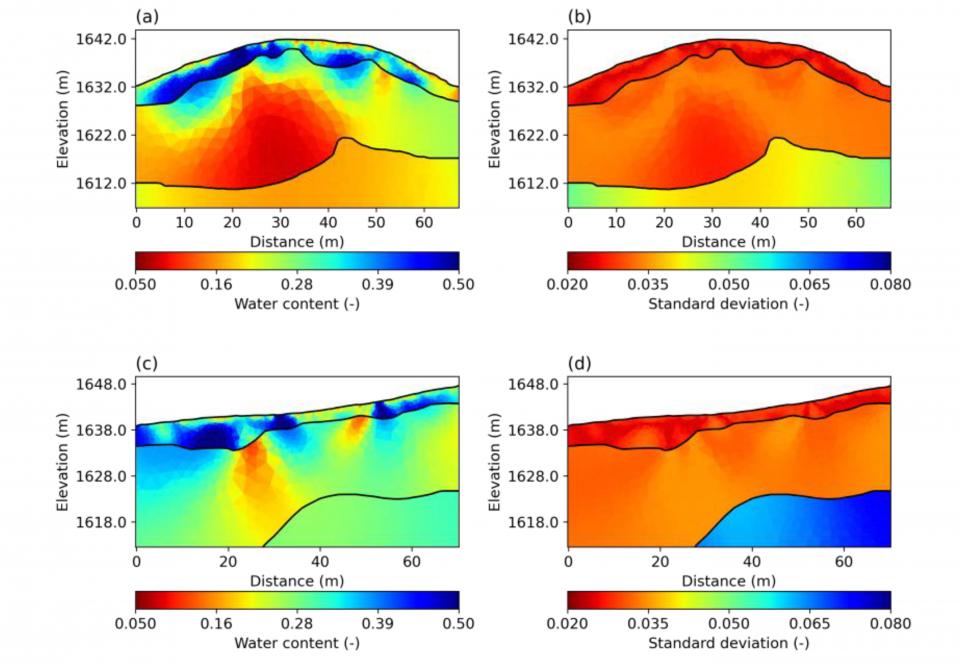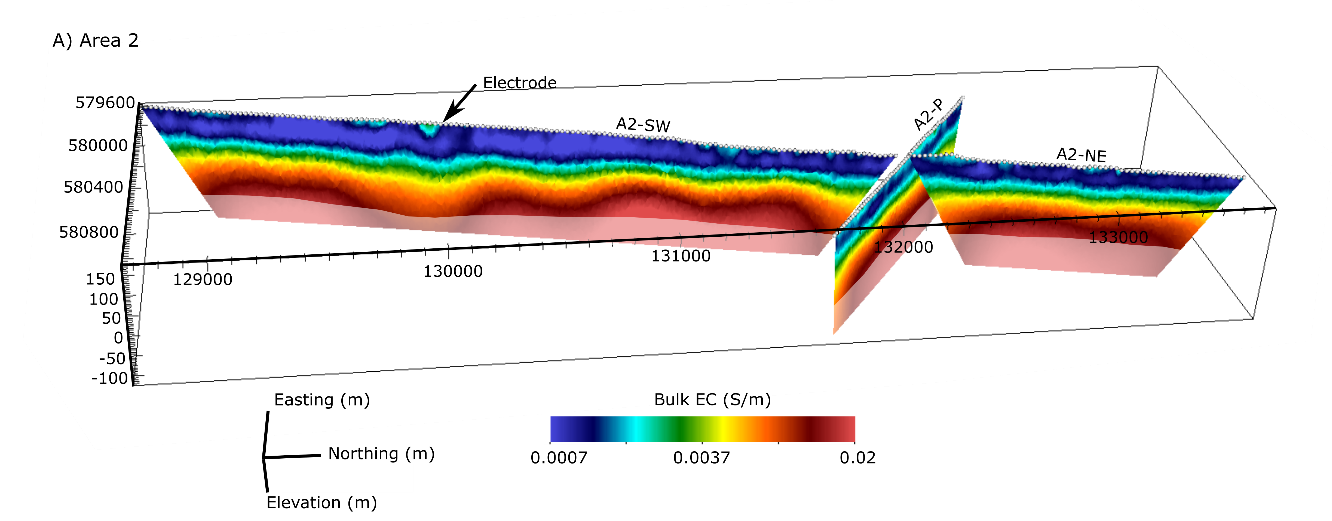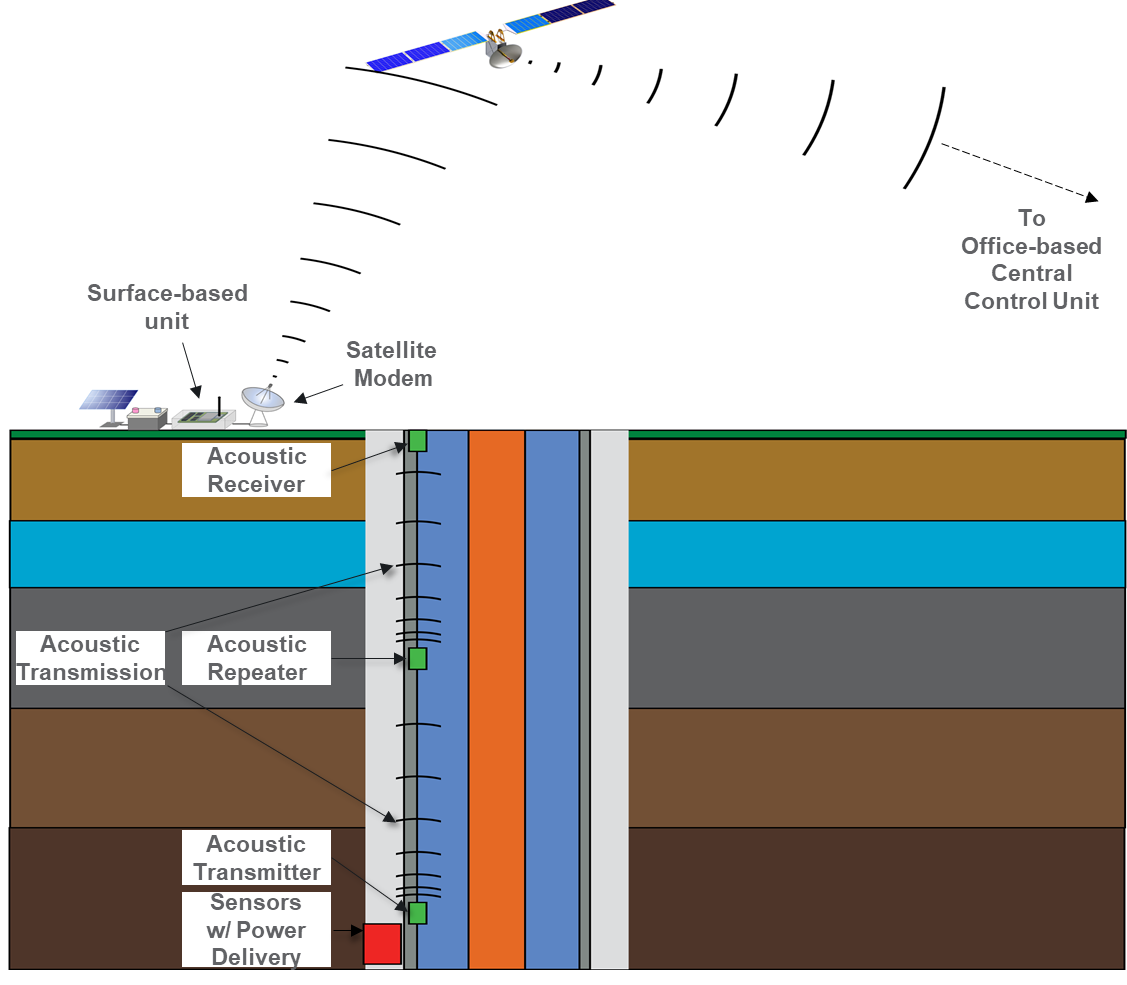RemPlex Summit Technical Sessions

Subsurface Remote Sensing for Contaminant Characterization and Remediation Applications
Nov. 8, 2021, 10:15 am - 11:45 am
Organizer(s): Lee Slater, Rutgers University, New Brunswick, New Jersey; Tim Johnson and Fred Day-Lewis, Pacific Northwest National Laboratory (PNNL), Richland, Washington
The combined effects of subsurface heterogeneity and inaccessibility and the corresponding inability to adequately sample the subsurface impedes understanding of subsurface environments and can lead to increased remediation costs, suboptimal remediation performance, and risks to human health and the environment. Geophysical methods can provide a significant and cost-effective source of information that reduces cost and risk. This technical session highlights novel uses of subsurface remote sensing to characterize and monitor contaminated sites. Topics range from the interpretation of geophysical data in terms of (bio)geochemical reactions to autonomous 3D monitoring of engineered remediation processes.

